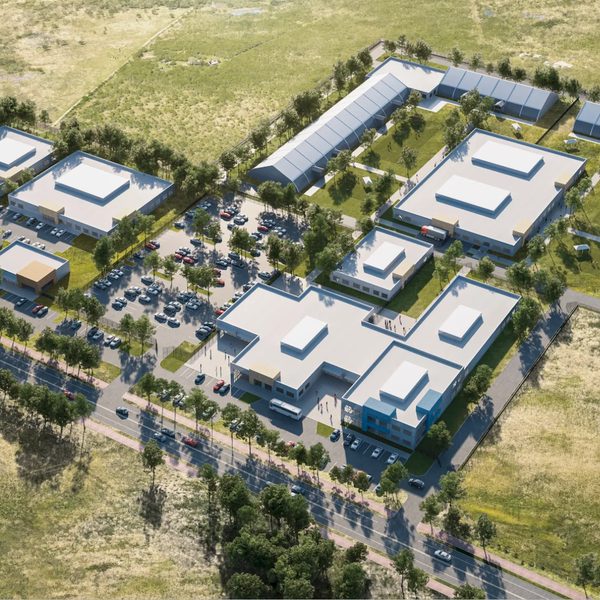Ten years after Hurricanes Katrina and Rita ravaged southern Louisiana, black and white residents of New Orleans are "starkly divided" in their perception of the state's recovery, according to new research published on Monday.
A survey (pdf) conducted by the Manship School of Mass Communication's Reilly Center for Media and Public Affairs at Louisiana State University found that nearly 60 percent of the black residents surveyed said Louisiana has "mostly not recovered," compared with 78 percent of white residents who said the state has "mostly recovered."
This divide was felt across various topics, including the local economy, public schools, hurricane and flood protection, and their communities' overall quality of life.
And among those who returned to New Orleans after Katrina, African-Americans--particularly women--faced the most difficulty getting back into their homes. One year after the storm, 70 percent of white residents were able to return to their homes, while only 42 percent of African Americans could do so.
"White and African-American residents of New Orleans tend to see the past decade in very different ways," said Professor Michael Henderson, who directed the survey. "Most white residents think life in New Orleans is better today - not simply better than the toughest times that followed Hurricane Katrina, but better than before the storm. Most African-American residents do not feel that way."
The findings underscore other outstanding criticisms of the recovery, such as that it led to the privatization of many of the city's services, including schools and hospitals, and the gentrification of many of the historically black and low-income neighborhoods.
Further, according to the study, nearly one-quarter of the city's current residents have moved there since Hurricane Katrina, which has increased racial and economic polarization. "These new arrivals to New Orleans have brought a markedly different demographic and socio-economic profile," the study notes. "They are relatively younger, more highly educated, higher earning, and more white than the long-term residents who lived in New Orleans before the storm and still do today."
Henderson presented his research on Monday at the opening of The Atlantic magazine's conference, New Orleans: Ten Years Later. The event, organized alongside the Urban Institute, features prominent politicians, journalists, artists, and others who are expected to discuss the "city's resilience while evaluating the challenges it and other communities across the country continue to face."
According to Henderson, "One topic on which majorities of white and African-American residents agree, however, is that their voices were not heard in the rebuilding process." Sixty-five percent of black residents and 52 percent of whites said "people like them had no say in the rebuilding process."

